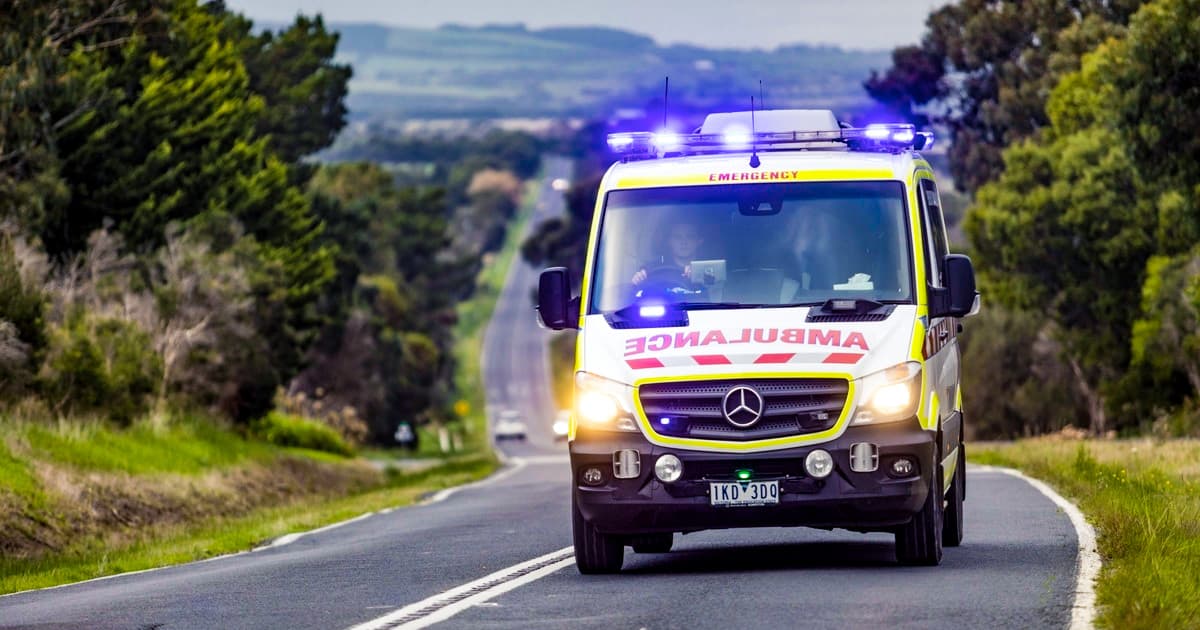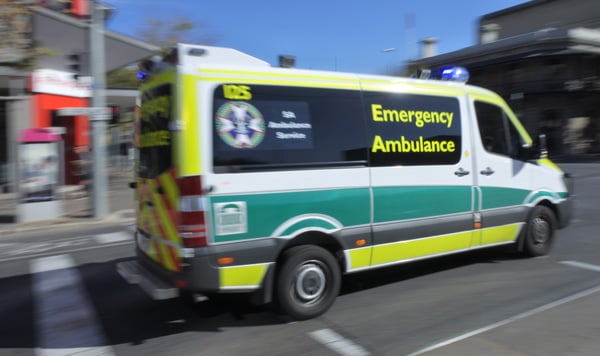Does Your Team Feel Unseen? Close the Leadership Disconnect with 2-Way Communication
Editor's Note: In July 2025, EMS1 and Fitch & Associates released their annual EMS trend survey, What Paramedics Want, proudly sponsored by Pulsara....

EDITOR'S NOTE: Special thanks to Kinsie Clarkson (Pulsara's Product Marketing Specialist, 2020-2025) for writing today's blog post. You can connect with her on LinkedIn.
__
The COVID-19 pandemic has lengthened response times for ambulance agencies worldwide, making it much more difficult to find placement for patients. A recent report released by Australia’s Ambulance Victoria confirmed that this trend has worsened significantly in the state of Victoria during the last three months of 2021, showing a significant increase in response times across the region.
The new data from Ambulance Victoria shows that paramedics’ ability to respond to code 1 emergencies within the recommended standard of 15 minutes dropped by 12% over the previous 12 months, going from 79% in October to December of 2020 to 67% during the same period in 2021. This means that around one-third of code 1 emergencies waited more than 15 minutes for responders to arrive. Melbourne’s suburbs have been disproportionately affected by the delays, owing to distance. Towns like Melton and Cardinia averaged around 53%.
Record demand for medical assistance has placed a significant burden on both hospitals and ambulance agencies. Ambulance Victoria reported that the last three months of 2021 were the busiest on record, with more than 91,000 serious callouts—up by 16.2% from the previous year. This has led to a dramatic increase in ramping, which means that ambulances have remained tied up at hospitals while paramedics continue to tend to their patients while waiting to be seen.
As paramedics spend time at hospitals waiting with patients, it decreases the number of calls they’re able to respond to and consequently leaves fewer crews responding to the same number of incidents. Other crews may then need to drive further distances than they normally would in order to respond. Combined with the impacts of COVID and staffing shortages on ambulance agencies, the situation has spread response teams thin, making it incredibly difficult to meet the recommended target of responding to all code 1 emergencies within 15 minutes.

More resources have been pledged to help with the problem. Health Minister Martin Foley announced that $938 million would be put into public hospitals, while $225 million would be invested into emergency departments.
Ambulance Victoria has also recommended steps that the public can help take to mitigate the burden on emergency departments. Tony Walker, Ambulance Victoria’s chief executive, responded by recommending other services such as Nurse-On-Call for non-urgent medical care and asked that the triple zero line (Australia’s 911 equivalent) be reserved only for emergencies. Data collected from October to December 2021 shows that 45,087 triple zero calls did not require a response from an ambulance, and were instead directed to more appropriate care by paramedics and nurses in the secondary triage service. “It’s important we collectively work to ensure that our emergency services are there for those who need it in an emergency,” said Walker.
Focusing on ways to speed or streamline communication may also help remove barriers and fuel faster turnaround times. A communication platform can add increased visibility to ED availability, help initiate conversations about patients earlier in the process, and facilitate preregistration. Telehealth has also been shown to help with staffing shortages, allowing providers to cut down on transports and turnaround times by seeing low-acuity patients in place or directing them to a resource that better meets their care needs. Providing options for patients who aren't having an emergency to be seen via telehealth, or alternatively destinated to a clinic or other community service, can help reduce the burden on emergency departments and ambulances.
Though COVID-19 spikes are expected to continue to decrease, experts are still predicting a difficult year for the health system. The pandemic has exacerbated existing challenges, and combined with annually increasing call volumes, it’s expected that ambulance agencies and hospitals will continue to face unique challenges over the coming months. A renewed focus on looking for ways to improve the system, including streamlining the triple zero line and increased government funding, may help provide some relief.
![]()
Over the last few years, a group of leading clinicians in Victoria, Australia have transformed their team communication with cutting-edge technology, successfully reducing treatment times, building relationships between their care teams, and improving patient care. This is their story.

Editor's Note: In July 2025, EMS1 and Fitch & Associates released their annual EMS trend survey, What Paramedics Want, proudly sponsored by Pulsara....
![[PRESS RELEASE] Published Research Finds Up to 31% Faster STEMI Treatment Times in Rural Hospital Setting with Pulsara](https://www.pulsara.com/hubfs/_1_website-page-blog-assets/pulsara-hosp-teams-assign-cardio-stemi-rn-1200x701.jpg)
Published research shows how using Pulsara, alongside standardized field activation and a focus on stakeholder relationships, improves STEMI care and...

Editor's Note: In July 2025, EMS1 and Fitch & Associates released their annual EMS trend survey, What Paramedics Want, proudly sponsored by Pulsara....